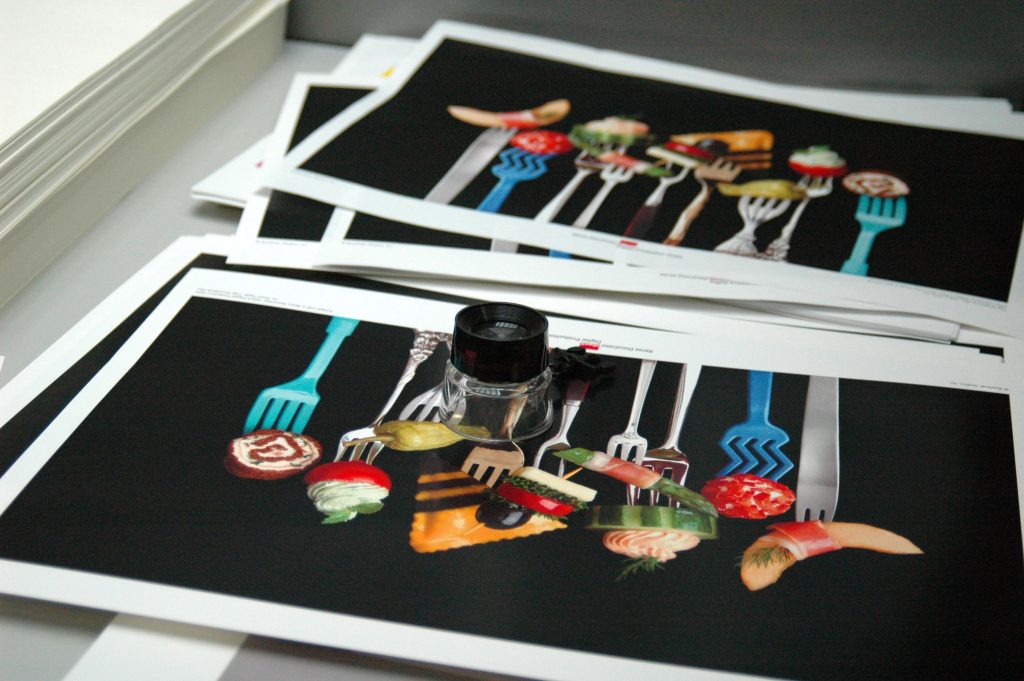

Modern lithography can often skip some of this process, utilizing polymer coatings and metal or plastic plates to achieve a similar result.

The process of how lithography works can vary widely from artist to artist, but typically, the process of creating a lithograph goes as follows: Lithography was an early printmaking method devised for a simple purpose that has had a monumental impact that persists to this day.

Senefelder used pencils made of fat or resin, then treated it with a special chemical process that could be washed and reused a great number of times without reducing the quality of the drawing, unlike the cumbersome woodblock printing process that was customary back then.Įssentially, lithography art is the process of creating an image that ink can adhere to in order to make a large number of near-identical prints. German limestone, known for its hardness, porous qualities, and fine grain, was the first stone used to create the smooth surface required for a perfect print. Lithography comes from the Ancient Greek lithos, ‘stone’, and graphein, ‘to write’. The first mention of the word lithography comes from Germany in 1796, when author and actor Alois Senefelder wished for an inexpensive method of printing his theater materials. By inscribing an oil-repellent image onto a flat, porous stone, one can use the stone to create thousands of near-identical prints and spread their words and images far and wide.īut what is lithography in art? Lithography has applications in advertising, wallpaper production, computer printing, and even nanotechnology, but it is also an intricate art medium if you have the patience for it.ĭiscover how lithograph art works and heighten your appreciation for the craft at Marcus Ashley Gallery. Lithography is a medium that has dominated printmaking since the 18th century, but its defining principle is rather simple: oil repels water.


 0 kommentar(er)
0 kommentar(er)
